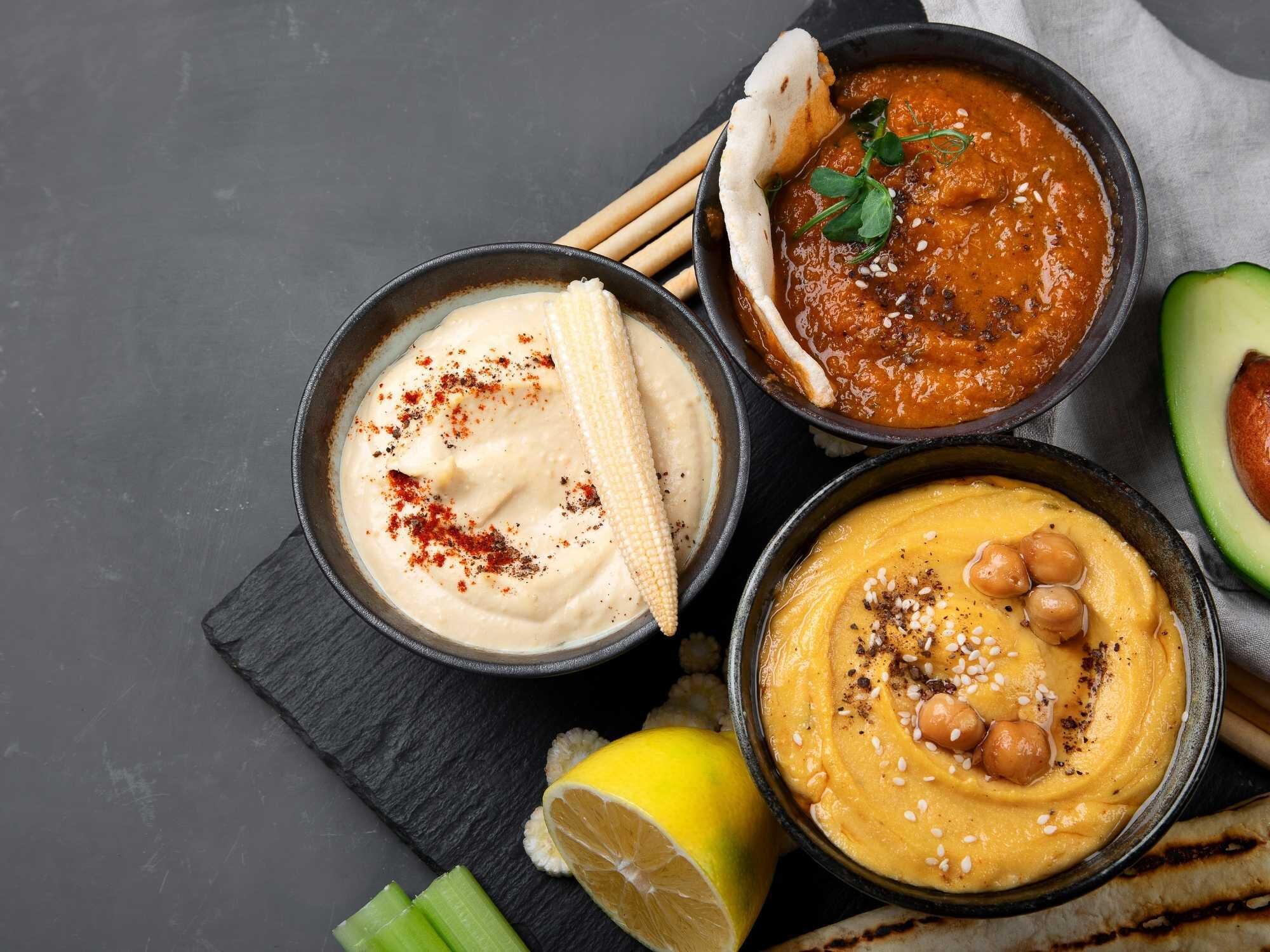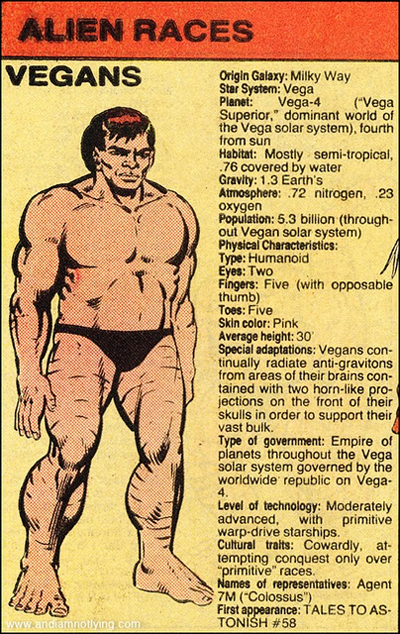
Among the many benefits of a pre diabetic vegetarian diet is a reduction in saturated and trans fats. Both of these fats can harm the arteries. Furthermore, a vegetarian diet is high in fiber. For adults, the recommended fiber intake is approximately 20 to35 grams per day.
Plant-based diets
Patients with pre-diabetes may be able to lose weight and control their blood sugar by following a plant-based diet. This is because plant-based diets have high fiber levels and volumes, which allows people to feel fuller on fewer calories. The diet can also reduce blood pressure and cholesterol. These are both beneficial benefits for people with diabetes, since a diet high in fat and cholesterol is linked to increased risk of cardiovascular disease.
Many health experts have noted that eating plant-based foods can reduce the risk of developing diabetes. They have been linked to lower insulin resistance, improved overall health and decreased mortality. They are also highly affordable and eco-friendly.
Mediterranean diet
Pre diabetic vegetarians may find the Mediterranean diet very helpful. It can also be modified to suit their needs. The diet focuses on protein, healthy fats, and minimizes carbohydrates. This diet emphasizes fresh, unprocessed food. People on medications should discuss this with their doctor before making any modifications.

The Mediterranean diet for pre diabetic vegetarians aims to combine fresh vegetables with lean meat and fish. It's also very high in fiber. It is also low on saturated fat. You can pair it with exercise to improve your health. Contrary to other types of diets the Mediterranean diet isn't restricted to vegetarians. This diet is suitable for diabetics.
Low-carb diet
Pre-diabetic patients can choose a low carb diet to live a healthy and happy life. This plan restricts carbohydrates, but allows for plenty of protein. Protein keeps your blood sugar levels stable by making you feel fuller. Protein is abundant in lean meats and fatty seafood.
Starchy foods are best avoided for vegetarians, as they contain high levels of carbohydrates. Potatoes, for example, are high on carbohydrates. Whole grain products may also pose problems. The American Diabetes Association notes that whole grain consumption does not improve glycemic control in people with type 2 diabetes.
Lacto-ovo vegetarian diet
A number of studies have shown that lactose-ovo vegetarianism is an effective way to lower the chance of developing type 2 diabetes. It can lower blood sugar, blood cholesterol, and blood pressure. According to one study, the A1C levels of vegetarians were significantly lower than those in the control.
Vegetarians also eat a lot of fiber which slows down food digestion. This can cause lower blood glucose levels and help with weight loss. Vegetarian meal plans can contain up to 50g of fiber per day. There are many vegetarian foods that are high in fiber, such as prunes, whole grain bread, and vegetables.

Vegan diet
Pre-diabetics can benefit from a vegan lifestyle in several ways. It lowers cholesterol and stabilizes blood sugar. It is also effective in controlling weight and insulin resistance. It can even stop the development of type 2 diabetes. It is easy to manage and implement. There are many benefits to a vegan diet. They can help you maintain your health and avoid other health problems.
A vegan diet is a good way to lower blood sugar and blood pressure. It may lower glucose levels, which could reduce insulin dosage. A vegan diet provides all the necessary nutrients that diabetics require. If you want to make the most of a vegan lifestyle, consult a dietitian that has worked with diabetics.
FAQ
How often should I exercise
A healthy lifestyle requires regular exercise. You don't have to exercise for a certain amount of time. The key is to find something that you enjoy and to stick with it.
You should aim to do 20-30 minutes of moderate intensity exercise three times per week. Moderate intensity means that you will still be working hard even after your workout is over. This type of workout burns around 300 calories.
You can walk for 10 minutes every day if that is what you prefer. Walking is low-impact and easy on your joints.
Jogging three times a week for 15 mins is enough if you want to run. Running is a great way of burning calories and building muscle tone.
If you're not used to exercising, start slowly. Start with just 5 minutes of cardio a few times a week. Gradually increase your cardio duration until reaching your goal.
What are 5 ways to live a healthy lifestyle?
Are there 5 ways to have a healthy lifestyle?
Living a healthy lifestyle includes eating right, exercising regularly, getting enough sleep, managing stress, and having fun! Healthy eating means avoiding sugary and processed foods. Exercise can help you burn calories and strengthen your muscles. Sleeping well improves concentration and memory. Stress management reduces anxiety, depression and other symptoms. Fun is key to staying young and vibrant.
Do I need to count calories?
It is possible to wonder "what the best diet is for me?" or "is counting calories necessary?" It depends on several factors such as your current health, personal goals, preferences, and overall lifestyle.
The Best Diet For Me: Which One Is Right?
The best diet for me depends on my current health status, my personal goals, my preferences, and my overall lifestyle. There are many diets out there, some good and some bad. Some diets work well for some people and others do not. What should I do? How can I make the right choice?
This article aims at answering these questions. It begins with an overview of the different diets today. The pros and cons of each diet are then discussed. Then, we will discuss which diet is the best.
Let's first take a look at different diets.
Diet Types
There are three types, low-fat, high-protein, or ketogenic diets. Let's take a look at them all below.
Low Fat Diets
A low fat diet is a diet that restricts the amount of fats consumed. This is accomplished by decreasing the intake of saturated fats like butter, cream cheese, and other dairy products. These fats can be replaced with unsaturated fats like avocados and olive oil. A low fat diet is often recommended for those who want to lose weight quickly and easily. This diet can cause constipation, heartburn, and stomach problems. Vitamin deficiencies can also occur if the person doesn't get enough vitamins through their diet.
High Protein Diets
High protein diets reduce carbohydrates to favor of proteins. These diets are more protein-rich than others. They can help you build muscle mass, and also burn more calories. One problem is that they may not provide adequate nutrition to someone who needs it. They can also be very restrictive so they may not be suitable for everyone.
Ketogenic Diets
Also known as keto diets, ketogenic diets are also called keto diets. They are high-fat and low in carbs and protein. They are popularly used by bodybuilders, athletes, and others who want to be able to train harder and more efficiently without becoming tired. They do require strict compliance to avoid any side effects like fatigue, headaches, nausea, and headaches.
Statistics
- The Dietary Guidelines for Americans recommend keeping added sugar intake below 10% of your daily calorie intake, while the World Health Organization recommends slashing added sugars to 5% or less of your daily calories for optimal health (59Trusted (healthline.com)
- nutrients.[17]X Research sourceWhole grains to try include: 100% whole wheat pasta and bread, brown rice, whole grain oats, farro, millet, quinoa, and barley. (wikihow.com)
- In both adults and children, the intake of free sugars should be reduced to less than 10% of total energy intake. (who.int)
- WHO recommends reducing saturated fats to less than 10% of total energy intake; reducing trans-fats to less than 1% of total energy intake; and replacing both saturated fats and trans-fats to unsaturated fats. (who.int)
External Links
How To
27 steps to a healthy lifestyle if your family only eats junk food
It is easy to eat healthy when you cook at home. This is difficult for people who don't know how to cook healthy meals. This article will give you some tips on how to make healthier choices when eating out.
-
Choose restaurants that offer healthy options.
-
Before ordering meat dishes, order salads and other vegetables.
-
Ask for sauces without added sugar.
-
Avoid fried foods.
-
Ask for grilled meats, not fried.
-
You shouldn't order dessert unless it is absolutely necessary.
-
After dinner, make sure you have something to eat.
-
Take your time and chew slowly.
-
Drink plenty of water while eating.
-
Do not skip breakfast, lunch or dinner.
-
Include fruit and vegetables with every meal.
-
Consume milk and not soda.
-
Try to stay away from sugary drinks.
-
Reduce salt intake.
-
Try to limit the number of times you go to fast food restaurants.
-
Ask someone to join if temptation is too much.
-
Do not let your kids watch too much TV.
-
During meals, turn off the TV.
-
Do not drink energy drinks.
-
Regular breaks from work are important.
-
Get up early and go for a run.
-
Every day, exercise.
-
Start small and build up gradually.
-
Set realistic goals.
-
Be patient.
-
Exercise even if it's not your favorite thing to do.
-
Use positive thinking.